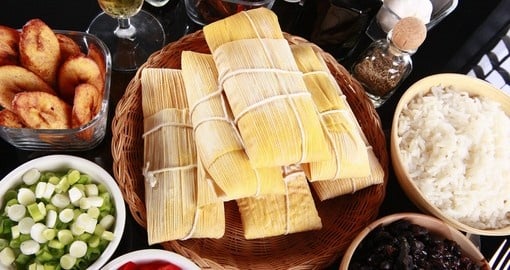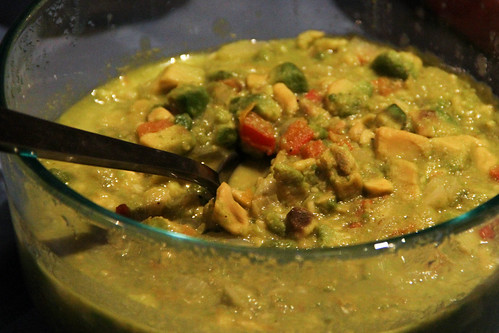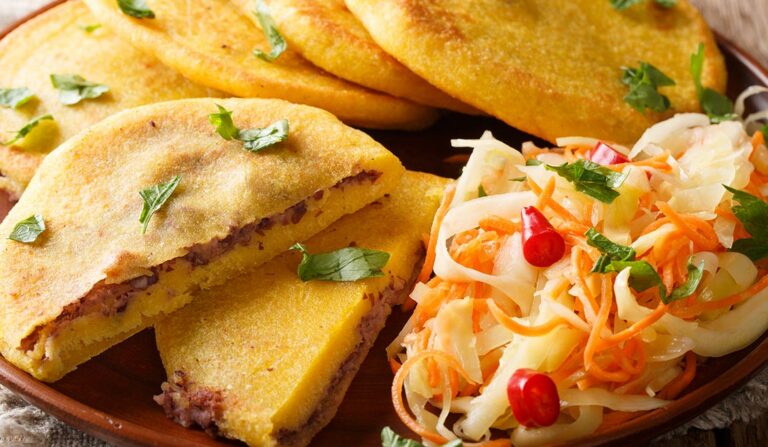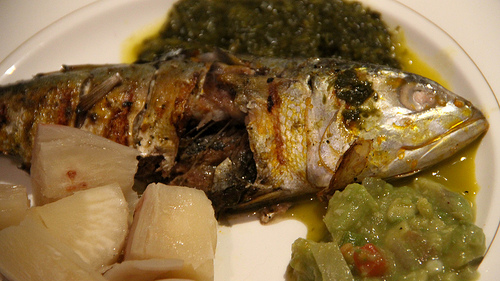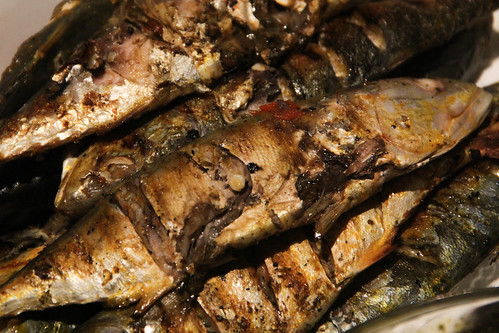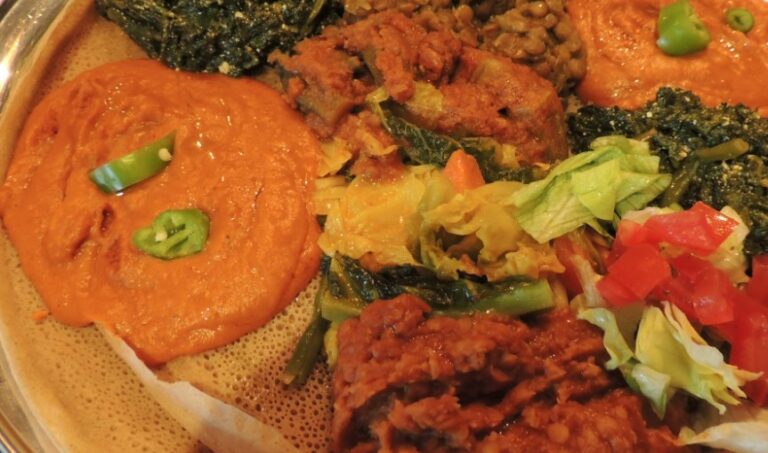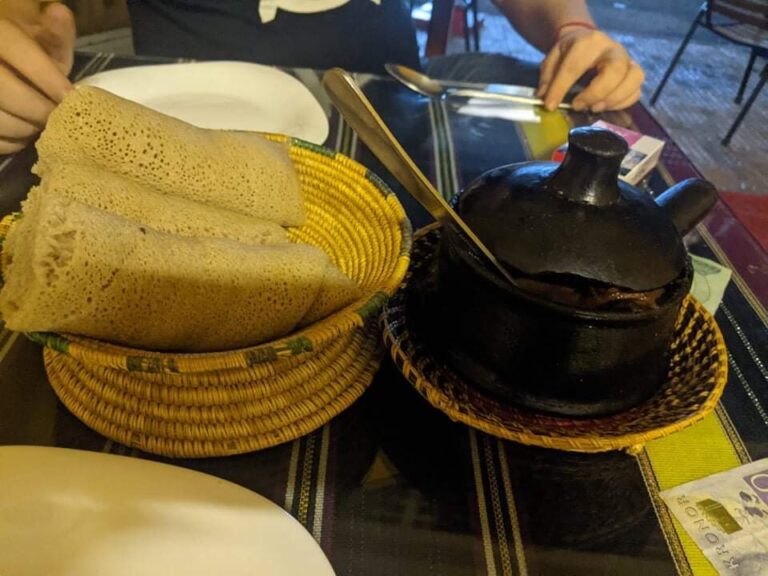Introduction: Street Food in El Salvador
El Salvador is a country that is rich in culinary traditions and offers a diverse range of street food options. From savory pupusas to sweet atol de elote, the streets of El Salvador are brimming with delicious and affordable food. Whether you are a local or a tourist, exploring the street food markets and areas of El Salvador is an essential part of experiencing the country’s vibrant culture.
San Salvador: The Heart of Street Food
San Salvador, the capital city of El Salvador, is a bustling hub of street food culture. From the iconic pupusa stands on every corner to the bustling food markets, San Salvador offers a plethora of street food options. One of the most popular street food markets in San Salvador is the Mercado Sagrado Corazón, where vendors sell everything from traditional Salvadoran dishes to international cuisine. Street food lovers should also check out the food stalls along Calle Ruben Dario, where you can find delicious snacks like churros and empanadas.
La Zona Rosa: A Trendy Spot for Foodies
La Zona Rosa is a trendy neighborhood in San Salvador that is known for its vibrant nightlife and culinary scene. The area is home to some of the city’s most popular restaurants and street food vendors, making it a great spot for foodies. One of the must-try street food options in La Zona Rosa is the pupusa de camarones, a shrimp-filled pupusa that is a local delicacy. The neighborhood also offers a range of international street food options, including tacos and falafel.
Antiguo Cuscatlán: A Hidden Gem
Antiguo Cuscatlán is a quiet and picturesque town just outside of San Salvador that is often overlooked by tourists. However, the town is home to some of the best street food in the country. Visitors should check out the Antiguo Cuscatlán Food Fair, which takes place on weekends and features a range of street food vendors selling everything from pupusas to ceviche. The town also offers a range of traditional Salvadoran restaurants, making it a great spot for a culinary adventure.
Santa Tecla: Cultural and Culinary Delights
Santa Tecla is a historic city that is known for its vibrant cultural scene and delicious cuisine. The city is home to a range of street food markets and vendors, including the popular Mercado de La Calle Real. The market features a range of street food options, including pupusas, tamales, and chicharrones. Visitors should also check out the street food stalls near the city’s main square, which offer a range of savory and sweet snacks.
Mercado Central: El Salvador’s Iconic Marketplace
The Mercado Central is an iconic marketplace in San Salvador that is a must-visit for anyone interested in street food. The market is home to hundreds of vendors selling everything from fresh produce to traditional Salvadoran dishes. Visitors should check out the food stalls on the market’s second floor, which offer an array of street food options, including pupusas, tacos, and seafood dishes. The market is also a great spot to try traditional drinks like horchata and tamarindo.
Paseo El Carmen: A Unique Shopping and Dining Experience
Paseo El Carmen is a lively pedestrian street in Santa Tecla that is known for its unique shopping and dining experience. The street is home to a range of street food vendors, including the popular pupuseria La Ola, which offers a range of delicious pupusa options. Visitors can also find international street food options, including pizza and sushi. The street is a great spot to grab a bite to eat while taking in the local culture.
El Tunco: Surf, Sun, and Delicious Street Food
El Tunco is a laid-back beach town that is popular with surfers and travelers looking for a relaxing getaway. The town is also home to a range of street food options, including local favorites like pupusas and ceviche. Visitors should check out the food stalls along the town’s main street, which offer a range of savory and sweet snacks. The town’s beachside location makes it a great spot to enjoy some delicious street food while taking in the beautiful scenery.

